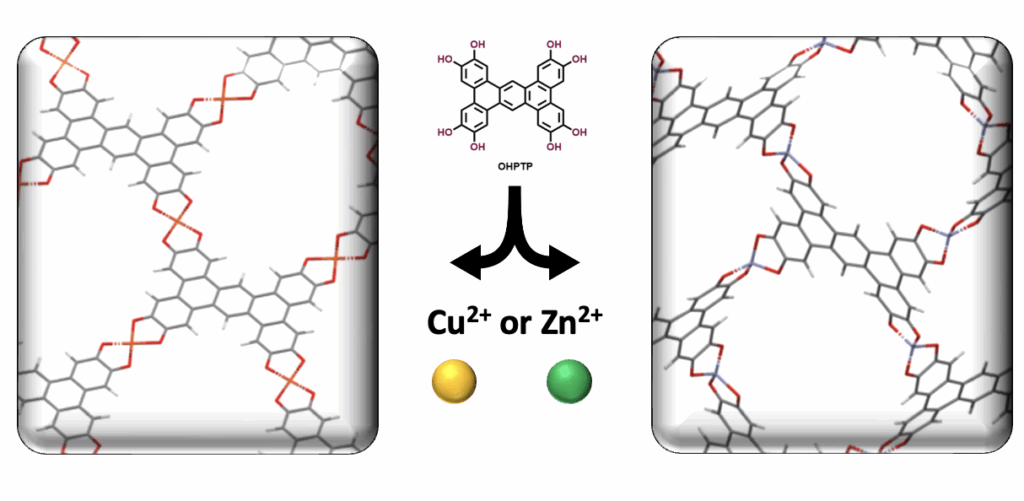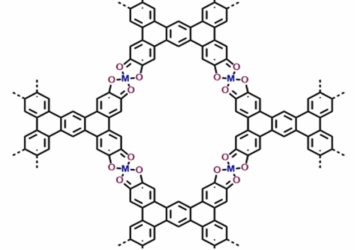Coordination polymers (CPs) are a fascinating class of materials composed of metal ions linked by organic ligands into extended networks. Depending on how these components are arranged, CPs can form one-, two-, or three-dimensional structures with highly tunable physical and chemical properties. Their versatility makes them promising candidates for a wide range of applications, including gas storage, catalysis, sensing, and electronic devices. One of their most attractive features is the ability to modify their structure and function simply by altering the metal ions or organic linkers used in their synthesis.
A joint team of CNR researchers from ISOF and ISMN institutes with researchers from the universities of Dresden and Hong Kong just published a new approach to the design of coordination polymers, highlighting how subtle differences in metal ion chemistry can dramatically influence material properties. By comparing copper(II) and zinc(II) coordination with the same organic ligand, the study reveals key insights into structure–property relationships that could inform future applications in electronics, sensors, and photovoltaics.
Using a novel two-step shear-coating technique, the team demonstrated that copper ions readily form planar, conductive CPs with high ion uptake and good crystallinity, while zinc ions lead to disordered, less conductive structures. “The difference of just one electron between Cu²⁺ and Zn²⁺ translates into a profound structural divergence,” explained the author Dr. Vincenzo Palermo “Cu enables planar stacking that preserves π–π interactions, whereas Zn disrupts the order due to its tetrahedral coordination preference.”

Notably, Cu-based CPs exhibited higher electrical conductivity but lower thermal stability, whereas Zn-based CPs were more thermally robust. These findings show we can fine-tune CP performance simply by switching the metal ion, This opens the door to designing tailored materials for specific applications by controlling their microscopic geometry through metal selection.

Link to full paper (open access):
Nanoscale, 2025, Advance Article


